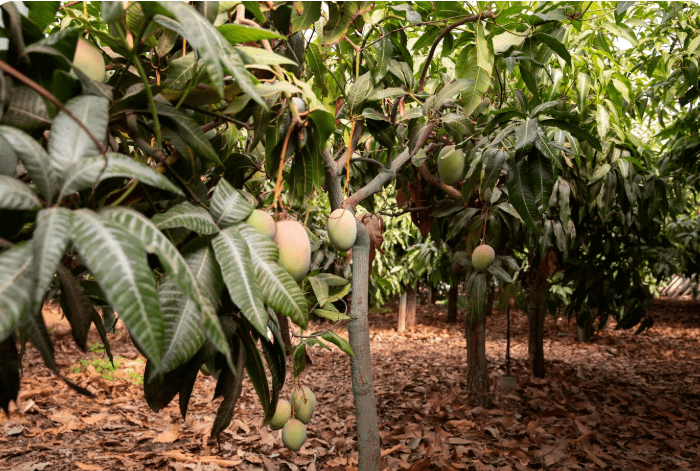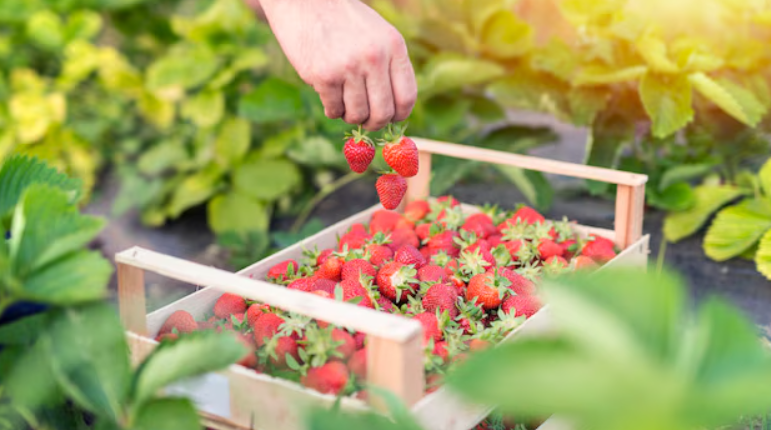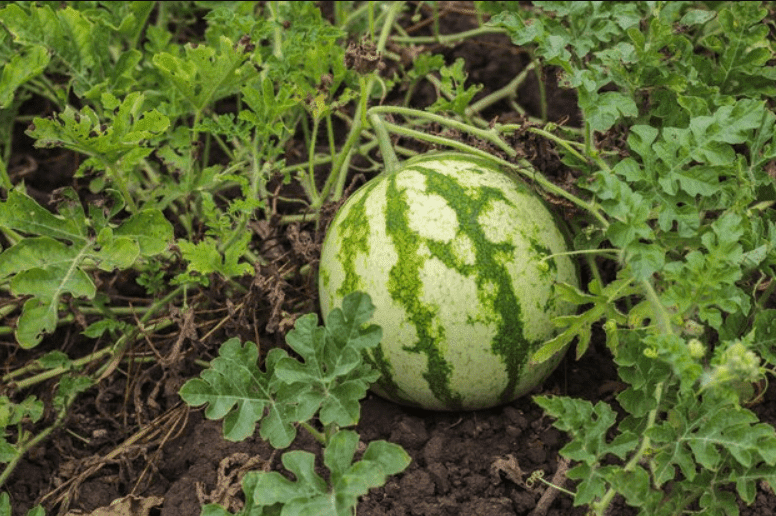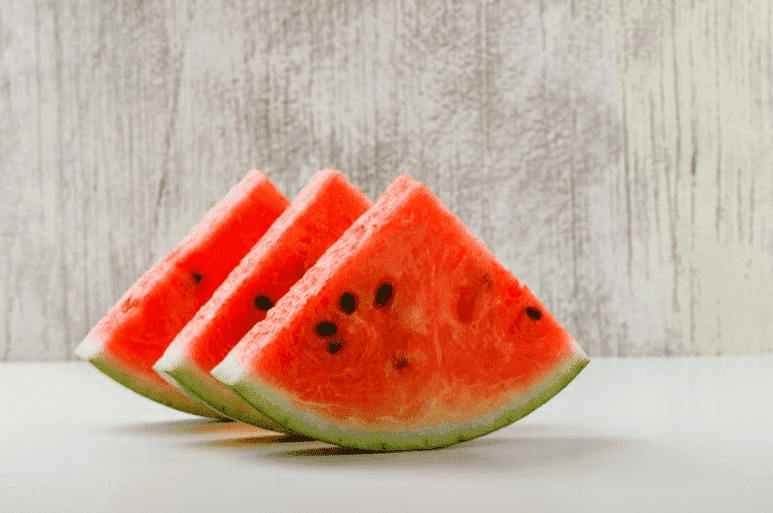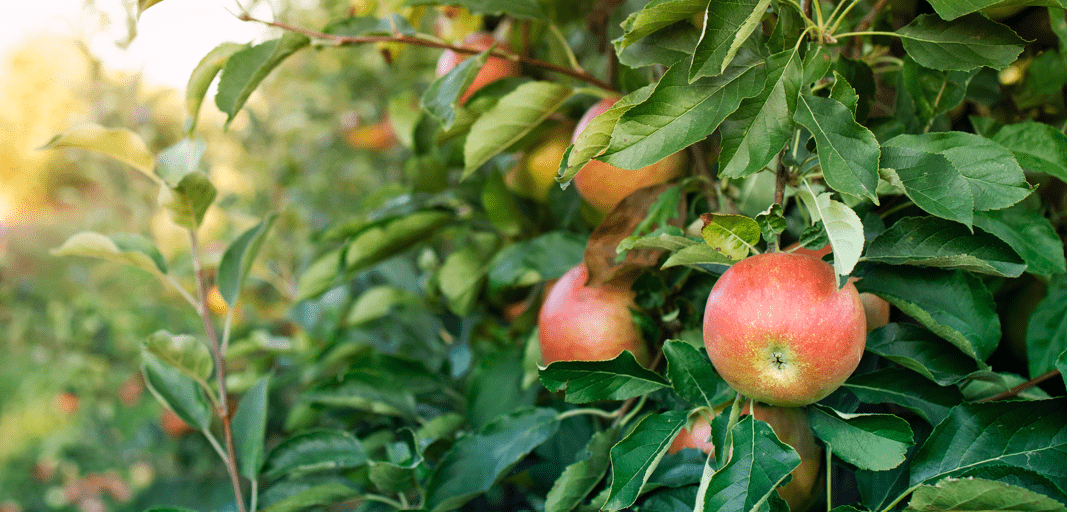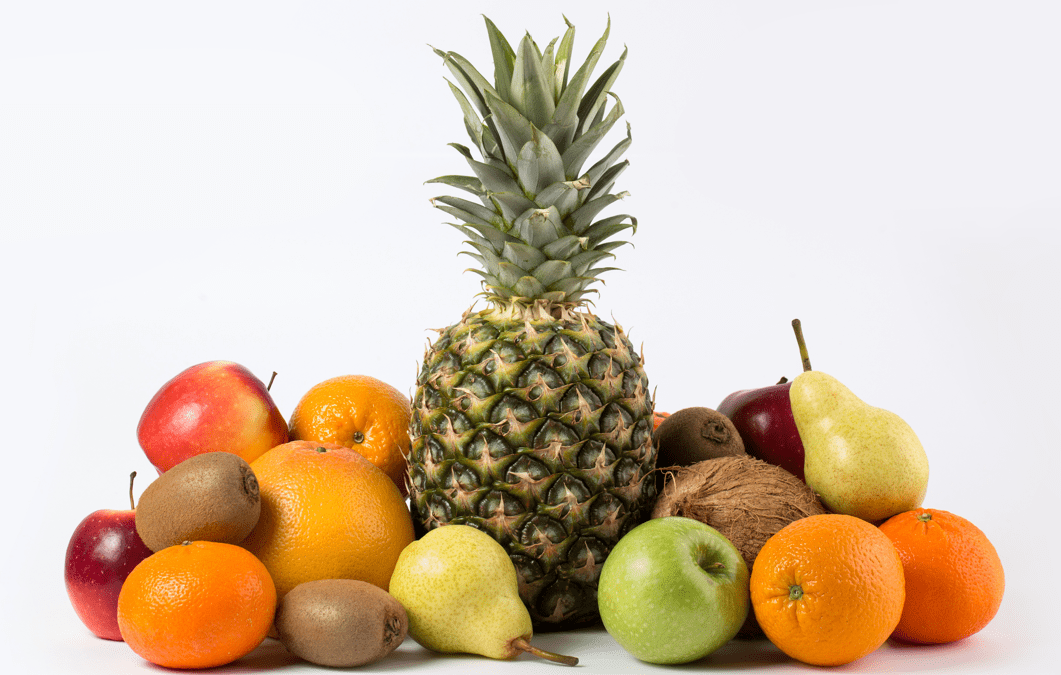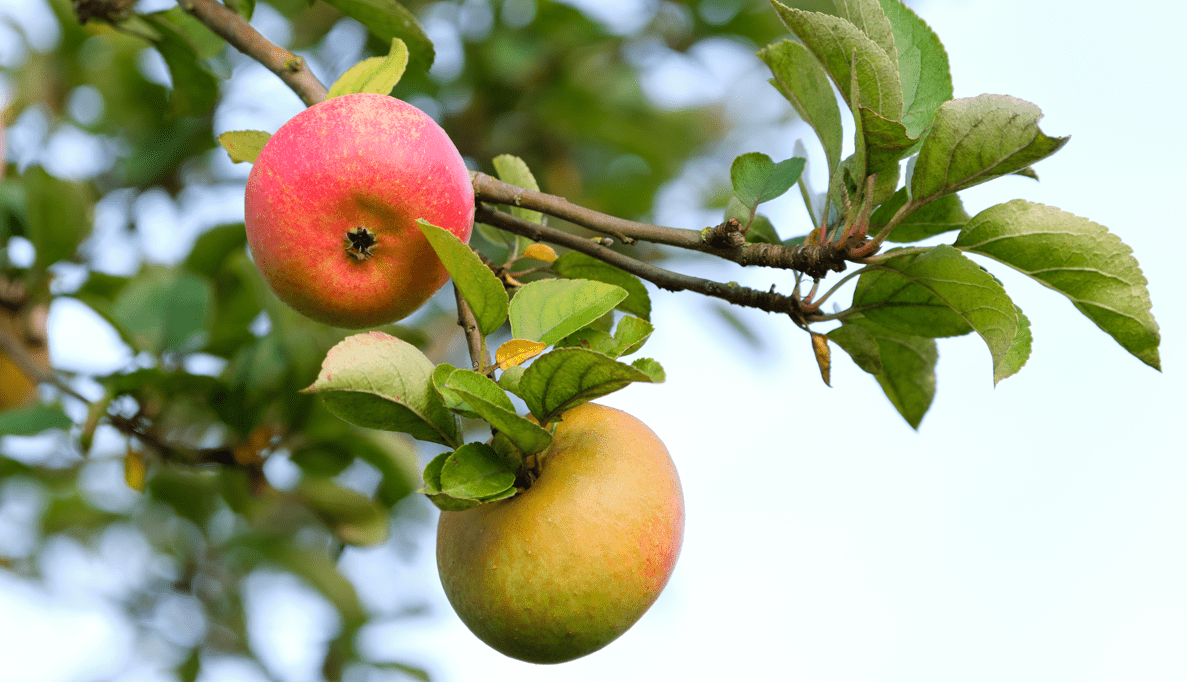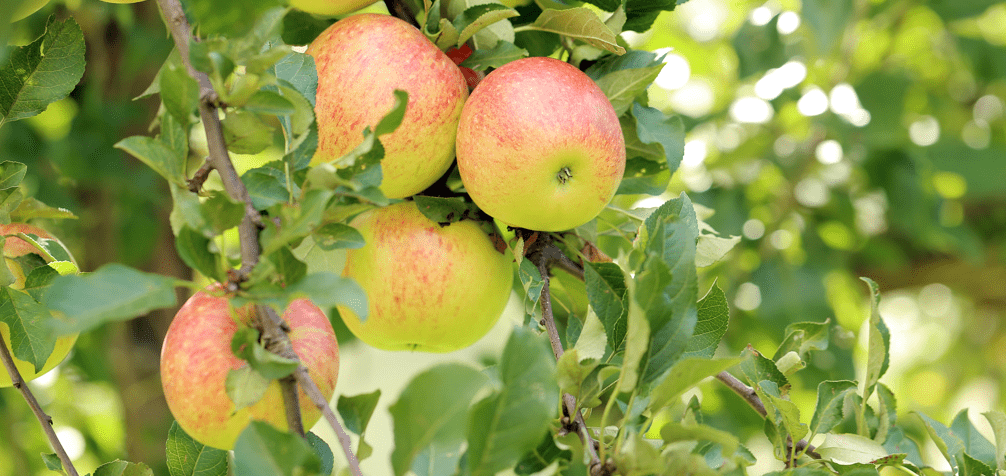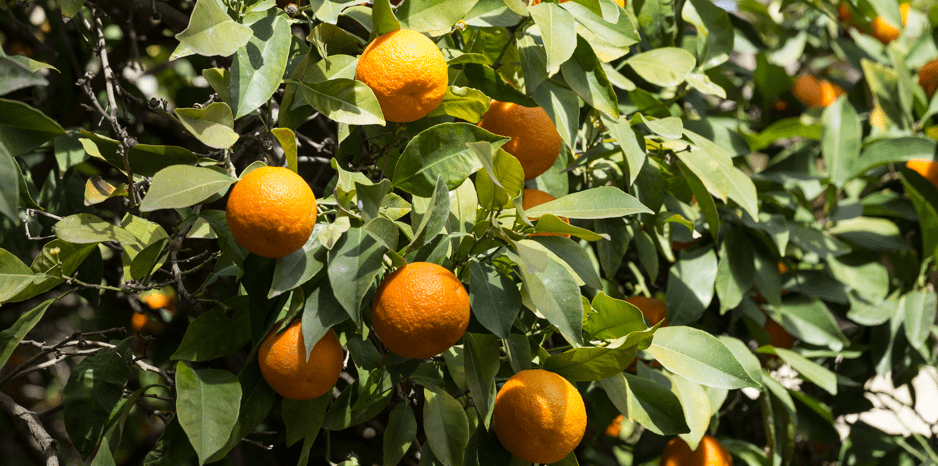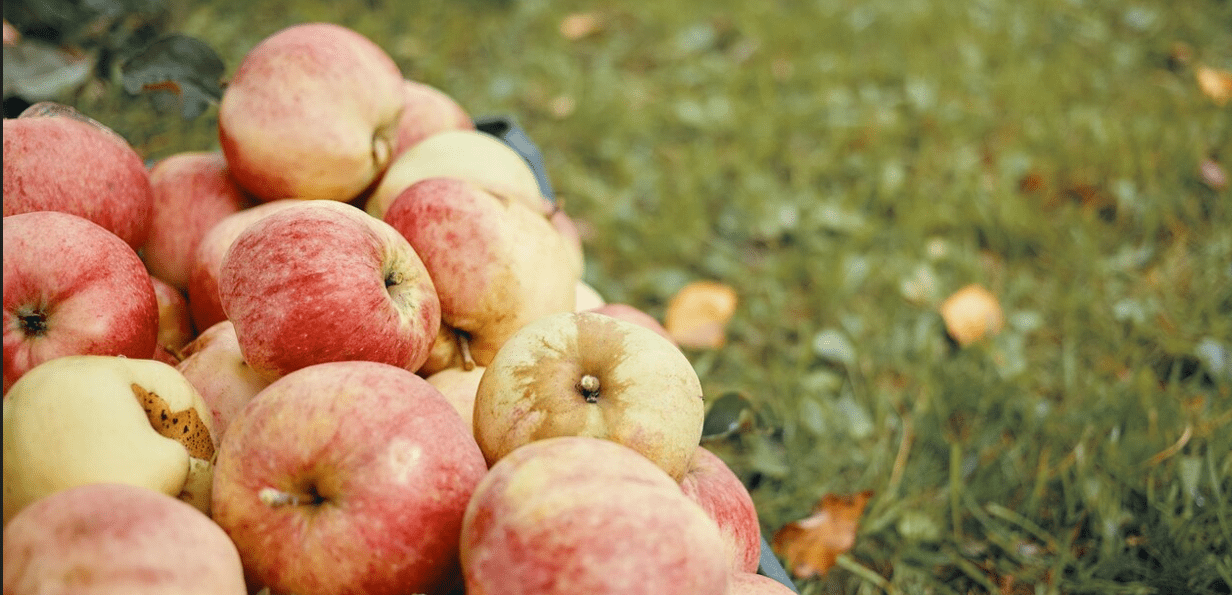Don’t throw your mango seeds next time you eat them; instead, use them to grow mango trees of your own! It’s a fun and productive activity for kids and adults. While it’s important to note that most mangoes we consume come from grafted trees, and mango plants require warm, tropical climates to flourish, your tree may not bear fruit. Still, much like growing a lemon tree, the experience is worth the effort.
Mangoes are a classic summer fruit; after all, it’s the king of all fruits. Mango trees are evergreen and can reach an impressive height of up to 10 meters, so ensure you have sufficient space or opt for compact, dwarf varieties that grow to a more manageable 3 to 4 meters. You can grow mango trees from seeds, though they may take as long as eight years to produce fruit. If you’re hoping for a quicker yield, starting with a nursery-grown plant can be a better choice, as it bears fruit within three years of planting.
Table of Contents
ToggleWhere and When to Plant a Mango Tree
Spring is the most suitable season to plant a mango tree, as the climate is still gentle. However, it’s essential to ensure that the tree won’t be subjected to any frost, which can damage young plants.
Choose a site with full sunlight and well-aerated, free-draining soil. When deciding where to plant it, keep the tree’s eventual height and spread in mind, and be aware of its distance from nearby plants, fences, or buildings. If you’re growing a smaller or dwarf variety, planting it in a large pot is also a practical option.
How to grow mango trees from a seed
What You’ll Need:
- One ripe mango
- A sharp kitchen knife
- A tall, narrow pot with drainage holes, filled with cactus or succulent potting mix
Instructions:
- Slice away the fruit to reveal the central stone (seed). Allow the pit to air dry for about 3 to 4 days.
- Once dry, find the natural groove at the top of the stone. Carefully insert your knife into this line and peel away the tough outer shell to uncover the seed inside.
- Plant the exposed seed roughly 2cm (about 1 inch) below the surface of the cactus mix in your container.
- Water the soil lightly and position the pot in a warm, sunny location where temperatures stay near 21°C (70°F). You should see signs of sprouting within one to two weeks.
Caring for your mango tree
As your mango plant develops, gradually transfer it to bigger containers using well-draining soil, such as a cactus mix.
Keep a consistent temperature of around 21°C, ensuring it doesn’t drop below 4°C. For indoor mango trees, occasional misting helps keep humidity levels balanced. Feed your potted mango monthly with a liquid fertilizer during the active growing months. Water the plant when the top layer of soil gets dry.
Every few years, check if your mango tree has become root-bound. If so, carefully lift it out and move it to a larger pot. Make sure the trunk remains at the same depth as before, then pack fresh compost around the root ball and water thoroughly.
Pruning a Mango Tree
Prune established mango trees toward the end of summer. Cut away any dead, damaged, or overlapping branches. If needed, lightly thin out the foliage to improve airflow and let more sunlight filter through to the inner branches.
Propagating a Mango Tree
You can grow a new mango plant from stem cuttings taken during summer.
- Start by snipping a healthy, non-woody stem that’s about 15–20 cm (6–8 inches) long. Remove the leaves from the lower section of the cutting.
- Dip the cutting into rooting hormone to boost the chances of successful rooting.
- Prepare a small container with a well-draining cactus soil mix and insert the treated end of the cutting into the compost.
- Water lightly and place the pot in a warm, humid area with bright but indirect sunlight. For best results, use a heat mat to keep temperatures between 24°C and 29°C (75°F to 85°F), which helps stimulate root formation.
- Keep the compost slightly moist throughout the process. Roots typically begin to form within 7 to 8 weeks.
- Once the cutting has developed a strong root system, transfer it into a larger pot to continue growing.
Common Pests & Plant Diseases
Mango trees can occasionally attract pests such as aphids, mites, and mealybugs. You might notice signs like fine webbing, patches of white, powdery material, or the insects themselves on leaves and stems.
If you spot an infestation, it’s important to act quickly to prevent it from affecting other plants nearby. Begin with gentle, low-toxicity remedies and only move on to stronger chemical treatments if those don’t work.
Mango trees are also vulnerable to anthracnose, a fungal infection that appears as dark spots on leaves, stems, or fruit. If left untreated, it can halt fruit production entirely. The best way to avoid this disease is by choosing a resistant variety and planting it in a location with full sunlight, which helps excess moisture dry off quickly.
High humidity encourages fungal problems like anthracnose. Copper-based fungicides may help control outbreaks, but avoid using them within two weeks of harvesting any fruit.
FAQs
How long does it take for a mango tree to grow from seed?
It may take between 5 and 8 years for a mango tree grown from seed to mature and start producing fruit.
Is it possible to grow a mango tree in a container?
Absolutely! Mango trees adapt well to container gardening. With regular pruning, you can manage their size to suit pot growth.
Do mango trees need a partner tree to bear fruit?
No, they don’t. Mango trees are self-pollinating, meaning a single tree can produce fruit on its own.

